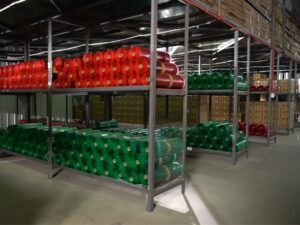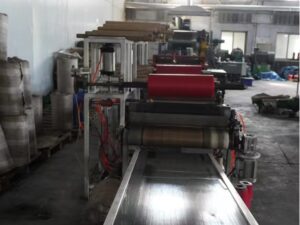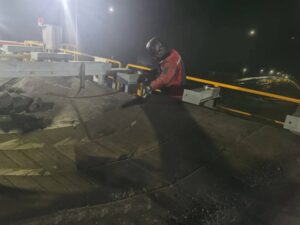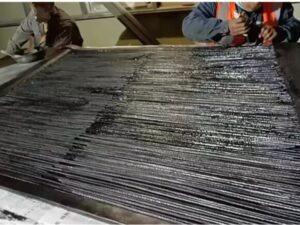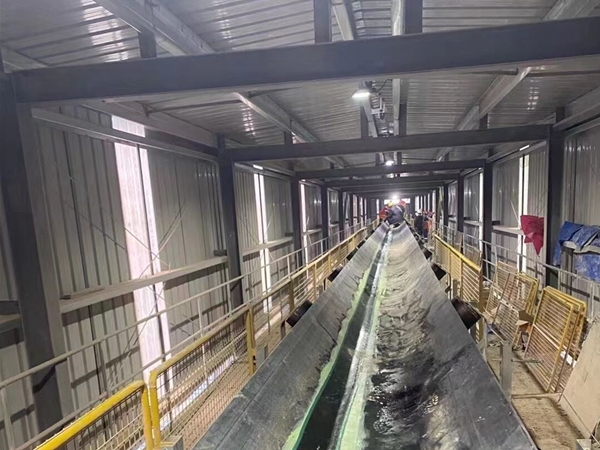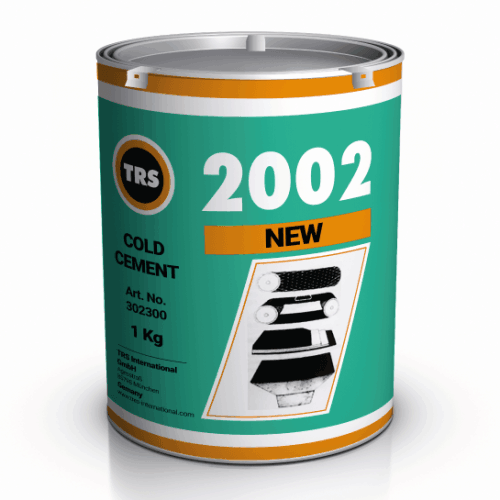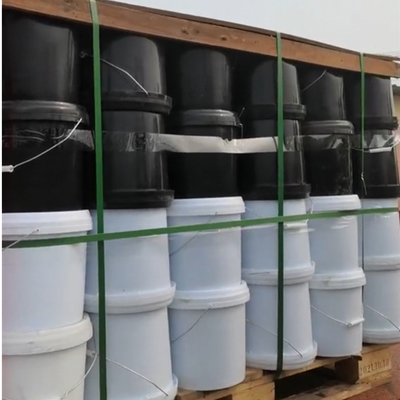Conveyor belts are important components in material handling operations. Before a belt can operate efficiently, its ends must be expertly joined into a continuous loop through a reliable splicing method. Hot vulcanizing is the industry-preferred technique among various splicing methods due to its high strength, durability, stability, and suitability across demanding operational environments.
In this guide, we detail step-by-step how to carry out a professional-grade hot vulcanizing process, ensuring excellent reliability, longevity, and performance for your conveyor belts.
Step-by-Step Procedure for Conveyor Belt Hot Vulcanization
1. Inspection and Cleaning of Hot Splicing Materials and Conveyor Belt
Before initiating the vulcanizing procedure, thoroughly inspect your uncured cover rubber and uncured skim rubber (tie gum). Perform a material adhesion check using gasoline or toluene on the surface of the hot splicing materials. If the rubber shows proper bonding to the solvent, it is suitable for use.
Select hot splicing materials that are compatible with the conveyor belt’s original rubber compound. Ensuring compatibility maintains uniform belt properties, enhances bond strength, and significantly extends belt lifespan.
Next, prepare the conveyor belt ends: Cut the belt ends into stepped layers precisely as per the manufacturer’s specifications. Using an angle grinder equipped with a tungsten carbide buffing disc, evenly roughen and clean each stepped layer, ensuring a rough surface texture to enhance adhesion.
Thoroughly clean the prepared surfaces using a specialized cleaning solvent to eliminate dust, debris, oil, and contaminants, and allow to dry completely.
2. Application of Hot Vulcanizing Adhesive
The adhesive (hot vulcanizing cement or solution) is vital for achieving strong chemical bonding:
Apply an even coat of the hot vulcanizing solution onto the prepared conveyor belt layers, as well as onto the adhesive side of the uncured skim rubber.
Uniformly distribute the uncured skim rubber onto each conveyor belt layer, carefully avoiding air pockets or inconsistencies.
3. Applying Uncured Cover Rubber
Place the uncured cover rubber precisely onto the spliced conveyor belt area:
Position the cover rubber evenly to ensure the splice area remains flat and uniform without irregularities. Cut shallow diagonal lines or slits into the uncured cover rubber using a sharp knife to prevent air entrapment and potential bulging during vulcanization.
4. Hot Vulcanization Process (Heating and Pressurizing)
Initiate the vulcanization stage using a specialized conveyor belt vulcanizing press:
Begin heating the press’s platens gradually. After preheating for about 15 to 25 minutes, apply initial pressure to guarantee sufficient contact and adhesion between layers.
Once the platen temperature reaches approximately 80°C, increase pressure to between 1.0 and 2.0 MPa (145-290 psi). Maintain this pressure and continue heating.
When the platen temperature reaches the optimal curing range of 145–150°C (293–302°F), sustain this temperature consistently for 45 minutes, ensuring precise heat and pressure distribution.
After curing, stop heating and allow the conveyor belt splice to cool naturally under pressure until it reaches ambient temperature.
5. Quality Inspection After Hot Vulcanization
Conduct thorough visual and dimensional inspections:
Surface Inspection: Examine the splice closely for air bubbles, voids, excess or insufficient rubber, and surface defects.
Repairs: If minor defects, such as small air pockets or minor surface imperfections, are found, promptly perform targeted repair procedures.
Splice Alignment: Ensure belt alignment accuracy. If the centerline deviation is greater than 25 mm over a 10-meter length or if there are substantial defects, a complete re-splicing is required to maintain belt reliability and safety.
6. Trial Run and Operational Testing
After a careful inspection, clean the site thoroughly and ensure that the area around the belt is clear.
Conduct a trial run of at least 30 minutes under no-load conditions. Operators must observe from a safe distance, carefully monitoring the belt’s alignment, tension, and general behavior.
If the belt runs smoothly and stably, gradually resume partial operational loading.
For optimal splice strength and longevity, a full-load operation is recommended only after 24 hours, allowing the splice to achieve full adhesive curing and maximum strength.
Key Benefits of Proper Conveyor Belt Hot Vulcanization
Enhanced Belt Durability: A correctly executed vulcanized splice provides near-original belt tensile strength, reducing maintenance frequency and replacement costs.
Improved Operational Efficiency: Uniform splices significantly minimize downtime and enhance belt tracking accuracy, facilitating smooth, uninterrupted operation.
Superior Splice Integrity: Ensures resistance to moisture, abrasion, impacts, and harsh operating environments, extending conveyor belt lifespan.
Best Practices for Successful Conveyor Belt Hot Vulcanizing
Always follow detailed manufacturer guidelines for vulcanizing materials and procedures.
Maintain strict temperature and pressure controls during the vulcanization process.
Use only high-quality, compatible splicing materials to ensure optimal bond strength and long-lasting durability. Regularly inspect spliced belts during operational use for early identification and rectification of potential issues.
Conclusion
Performing a meticulous and professional conveyor belt hot vulcanization process ensures reliable belt performance, operational safety, and substantial cost savings. By strictly adhering to these guidelines, maintenance professionals can significantly reduce downtime, extend belt service life, and maximize conveyor system efficiency.
For specialized hot vulcanizing materials, equipment, and expert support, feel free to contact our professional team today. We are here to ensure that your conveyor belt splicing is reliable and performance.

